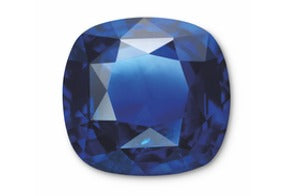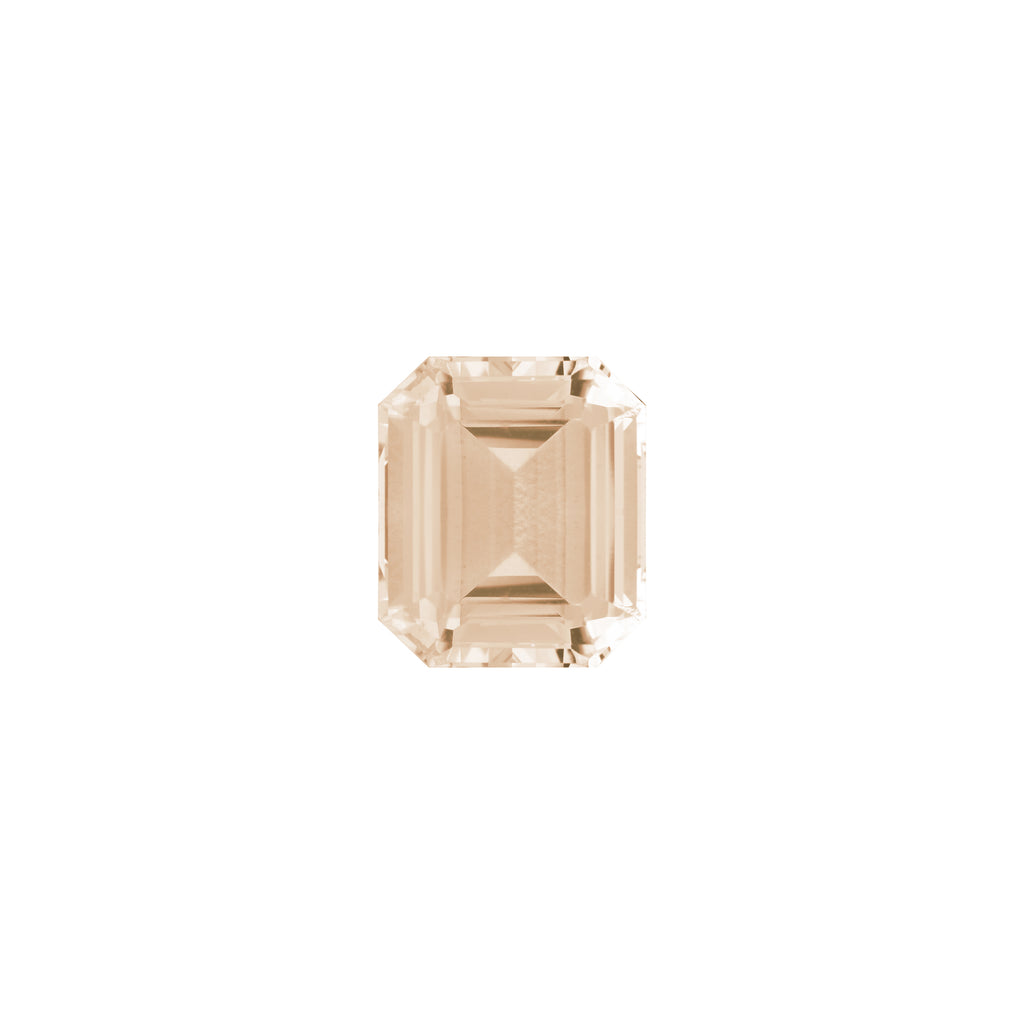MORGANITE
Gemstone family: Beryl
Crystal System: Hexagonal
Moh's scale of hardness: 7.5
Lustre: Vitreous
Crystal System: Hexagonal
About: Morganite is the pink variety of the beryl species. It can be light to medium pink or an orangey pink salmon colour which is caused by the presence of manganese trace elements. Morganite was discovered in 1911 in Madagascar and was named after the famous American banker J.P.Morgan who was a gem enthusiast.
Origin: The origin of the finest quality morganites is Madagascar but mining is limited. Other main sources of morganite are: Brazil, Afghanistan, Mozambique, Namibia and the U.S.A.
Use in jewellery: Morganite is suitable for jewellery that has secure settings to protect the stone from wear. Depending on the transparency of the stone which can be anything between transparent to almost opaque, morganites are cut into faceted gems, cabochons and beads.
Treatments, synthetics and imitations: Almost all morganites on the market undergo treatment to improve their colour. Heat treatment eliminates the yellow and orange hues making the colour of the stone a purer and more desirable pink. Morganite has been synthesied and the lab-grown stones have similar chemical property to natural morganites but their value is significantly lower so they should always be disclosed as synthetic. Materials that are most commonly used to imitate morganites are glass and plastic.


















